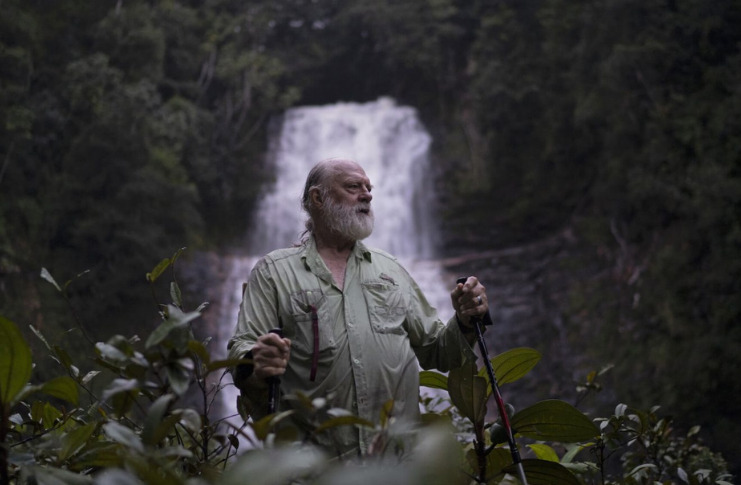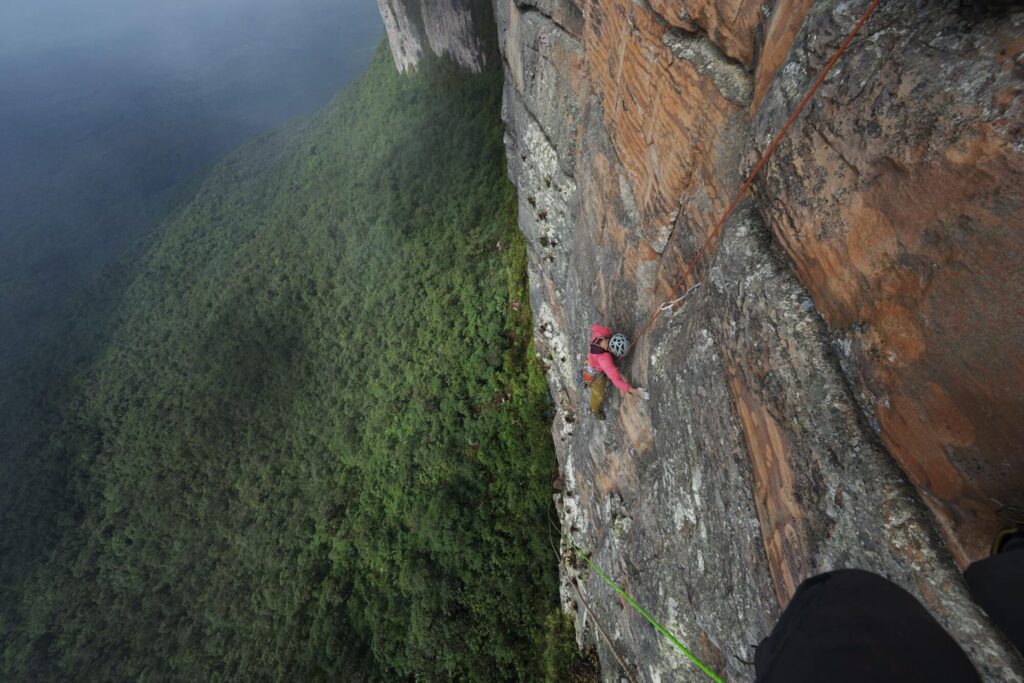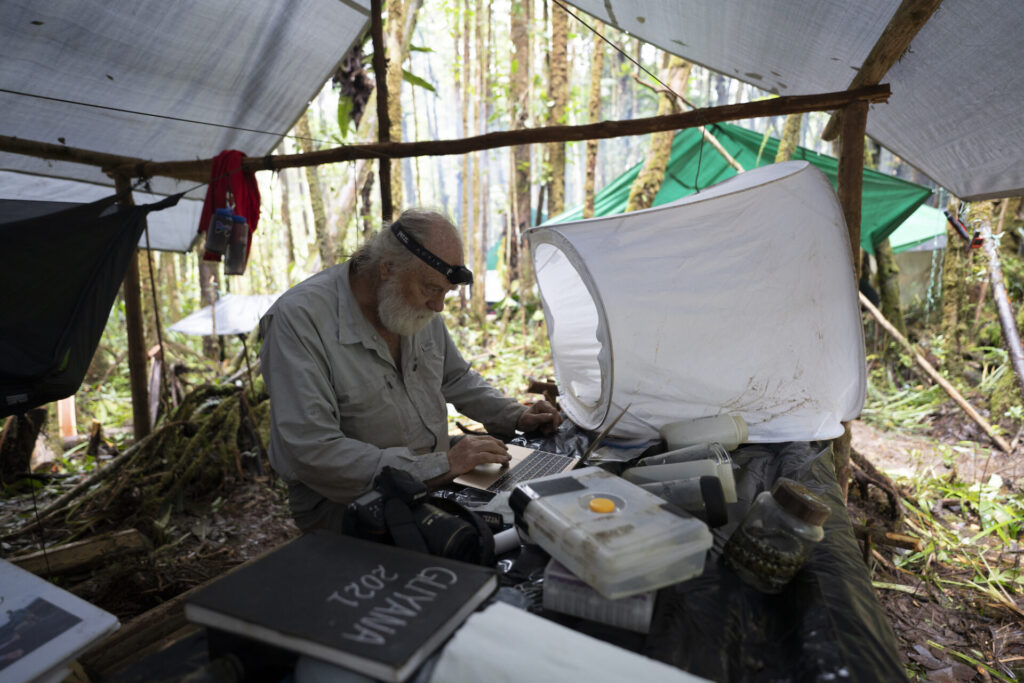
There aren’t many better outlets than National Geographic to celebrate Earth Day. If you’re looking to binge on some documentary television on this day, make it Nat Geo’s Explorer: The Last Tepui. The film highlights the true beauty of this planet and takes you on a journey to one of the largest tepuis around to immerse you in a world that is unique and intriguing.
Explorer: The Last Tepui is a prime example of the sort of Earth Day-themed programming that gets me excited. Directed by Taylor Rees, the documentary follows famed biologist Dr. Bruce Means and a top-notch climbing team led by elite climber Alex Honnold and Mark Synnott. Together, they travel deep into the Amazon jungle and attempt the first ascent up a 1000-foot sheer cliff to one of the last fully explored Tepui in Guyana. The objective? To help Dr. Means complete his life’s work of studying species in areas that are somewhat untouched by humans.
The documentary is basically split into two sections. The first half is about the team trying to get through the overgrown jungle to the Tepui. While that might not sound that interesting, you need to know that Dr. Means was eighty years old at the time this was filmed!
Dr. Means has discovered 14 new species, seven genera, two families, and multiple subfamilies and taxons in his many years spent studying reptiles and amphibians. What excites him about exploring the Tepuis is that it reminds him of what past scientists like Darwin and Wallace must have felt when they encounter something new.
As he explains, “Back a couple of hundred years ago, a biologist could go out and discover new species just by spotting them in the field. That’s almost not possible any longer. You now have to go to remote places like the Tepuis to be able to find new species and that’s what was such a thrill. It feels like the old days of, you know, early exploration like the Darwin and Wallace times when almost everything they looked at and touched was new science. You don’t get that very much anymore. “

The second half of the documentary detailed the hair-raising and harrowing climb up the side of the Tepui to obtain a frog that is only found on the saucer-shaped tabletop mountain. While audiences can look forward to the amazing views and stunning features, it is the dangerous climb that keeps your eyes glued to the screen.
Picking the Tepui as this year’s Earth Day docuseries was not by chance. Studying the Tepui also gives scientists a look at how climate change affects species on Earth.
“The Tepuis are an interesting example of how climate change might affect animals and plants,” says Dr. Means. “Because they’re flat at the top, as the climate changes and the climate zone shifts upward, which it will do especially in the tropics, then the organisms that are adapted to the tepui summits have nowhere to go but upward. This is great evolutionary theater. We need to know what the species are to start with, to know whether they’re disappearing or not. If we go there later after they’re gone, we won’t know that they were there. They’re gone and we won’t know if anything terrible happened. So it’s one of the reasons why I felt impassionate about trying to get the original baseline work done and knowing what species are where in this particular part of the world So if anything untoward happens to them by climate change activities will know it.”

Dr. Means’ passion has affected all who joined him on the adventure. “I hope people are just inspired by Bruce [when watching The Last Tepui],” says director Reed. “ I mean, Bruce taught us all so much to see in the world. Something as a tiny handful of water can flow organisms if you just look closely and slow down. That’s what we need more than anything right now. I think it’s really hard to grapple with the complexities of the loss of biodiversity and the challenges of climate change if you don’t feel connected to the earth, and there is no nobody better than Bruce to be that teacher. So I hope that they’re inspired by Bruce as I was.”
What made the documentary somewhat bittersweet was when during the trek through the jungle, Dr. Means quietly stated, ‘I’ll be leaving the planet sometime, and I’ll miss it.”
When asked about that moment he replied, “Well, let me tell you the truth. I did feel that. I turned 80 years old on that expedition, and I’m feeling my years in terms of my mortality, maybe more than most people do. I sort of feel this could be my last trip but I’m hoping I can talk [Nat Geo] into another one”
“While I’m alive, the best we can do is enjoy nature and our presence on this planet as much as we can — because carpe diem — you only live once. And you might as well do the best you can.”
The Last Tepui begins streaming on Disney+ on April 22, Earth Day.



